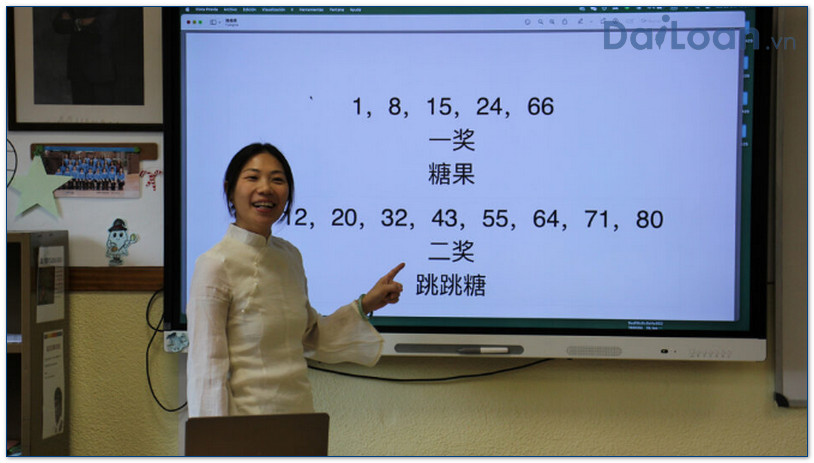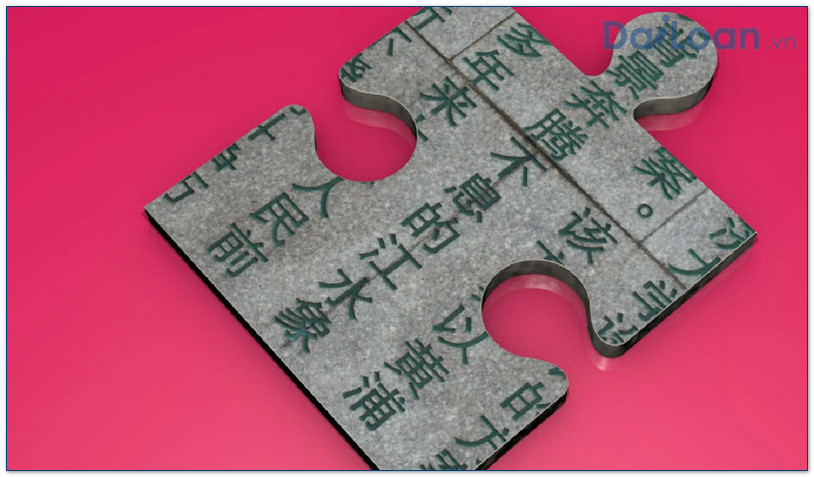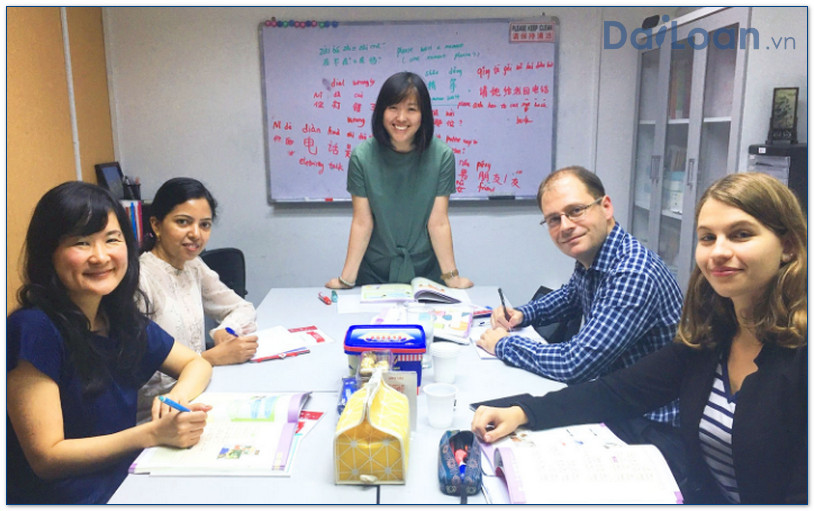In the study of the Chinese language, understanding the nuances of words and phrases is crucial for effective communication. One such term is 次於 (cì yú), which holds significant meaning in both formal and casual contexts. This article will delve into the meaning, grammatical structure, and example sentences of 次於, providing you with a comprehensive understanding of its use.
The Meaning of 次於 (cì yú)
The term 次於 is generally translated to mean “secondary to” or “following” in English. It is used to indicate that something ranks below or is less important than another thing. This phrase can be found in various contexts, such as comparisons, descriptions of status, or in rankings.
Contextual Usage
In everyday conversations, you might hear 次於 used to describe the quality of a product, the reputation of a brand, or the importance of an event. For instance, if someone says “他的技术次於优秀,” it translates to “His skills are secondary to excellent (skills).” This implies that there is something better or more outstanding.
Grammatical Structure of 次於
Understanding the grammatical structure of 次於 is essential for correct application in sentences. The phrase is composed of two characters: 次 (cì) and 於 (yú).
Character Breakdown
- 次 (cì): This character can mean “next,” “secondary,” or “order.” It suggests a sequence or a rank.
- 於 (yú): This preposition is generally used to indicate “in,” “at,” or “to,” serving as a connector in phrases.
Grammatical Role
次於 typically functions as a comparative phrase within sentences. It sets up a relationship between two entities, establishing a hierarchy or ranking. In terms of syntax, it often appears in the structure: Subject + 次於 + Comparison Object.
Example Sentences Using 次於
To further illustrate the usage of 次於 (cì yú), here are several example sentences:
1. Ranking Preference
电子产品的质量次於其品牌的声誉。
(The quality of electronic products is secondary to the reputation of the brand.)
2. Comparing Performance
虽然他的表现在队伍中次於其他队员,但他仍然很努力。
(Although his performance is secondary to other team members, he still works hard.)
3. Evaluating Importance
在这次活动中,娱乐的部分次於教育的部分。
(In this event, the entertainment segment is secondary to the educational segment.)
4. Contextual Comparison
他的投资回报率次於市场平均水平。
(His return on investment is secondary to the market average.)
Conclusion
理解和使用次於 (cì yú) trong giao tiếp tiếng Trung có thể giúp bạn diễn đạt ý tưởng một cách chính xác hơn. Với ý nghĩa là “thứ hai,” cấu trúc ngữ pháp làm tăng sự rõ ràng trong sự so sánh và đánh giá. Bằng cách thực hành các câu ví dụ đã nêu, bạn có thể tự tin sử dụng 次於 trong các tình huống hàng ngày và trong những cuộc trò chuyện phức tạp hơn.

Sứ mệnh của Chuyên là giúp đỡ và truyền cảm hứng cho các bạn trẻ Việt Nam sang Đài Loan học tập, sinh sống và làm việc. Là cầu nối để lan tỏa giá trị tinh hoa nguồn nhân lực Việt Nam đến với Đài Loan và trên toàn cầu.
CÓ THỂ BẠN QUAN TÂM
Du học Đài Loan
Lao Động Đài Loan
Việc Làm Đài Loan
Đơn Hàng Đài Loan
Visa Đài Loan
Du Lịch Đài Loan
Tiếng Đài Loan
KẾT NỐI VỚI CHUYÊN
Zalo: https://zalo.me/0936126566
Website: www.dailoan.vn




